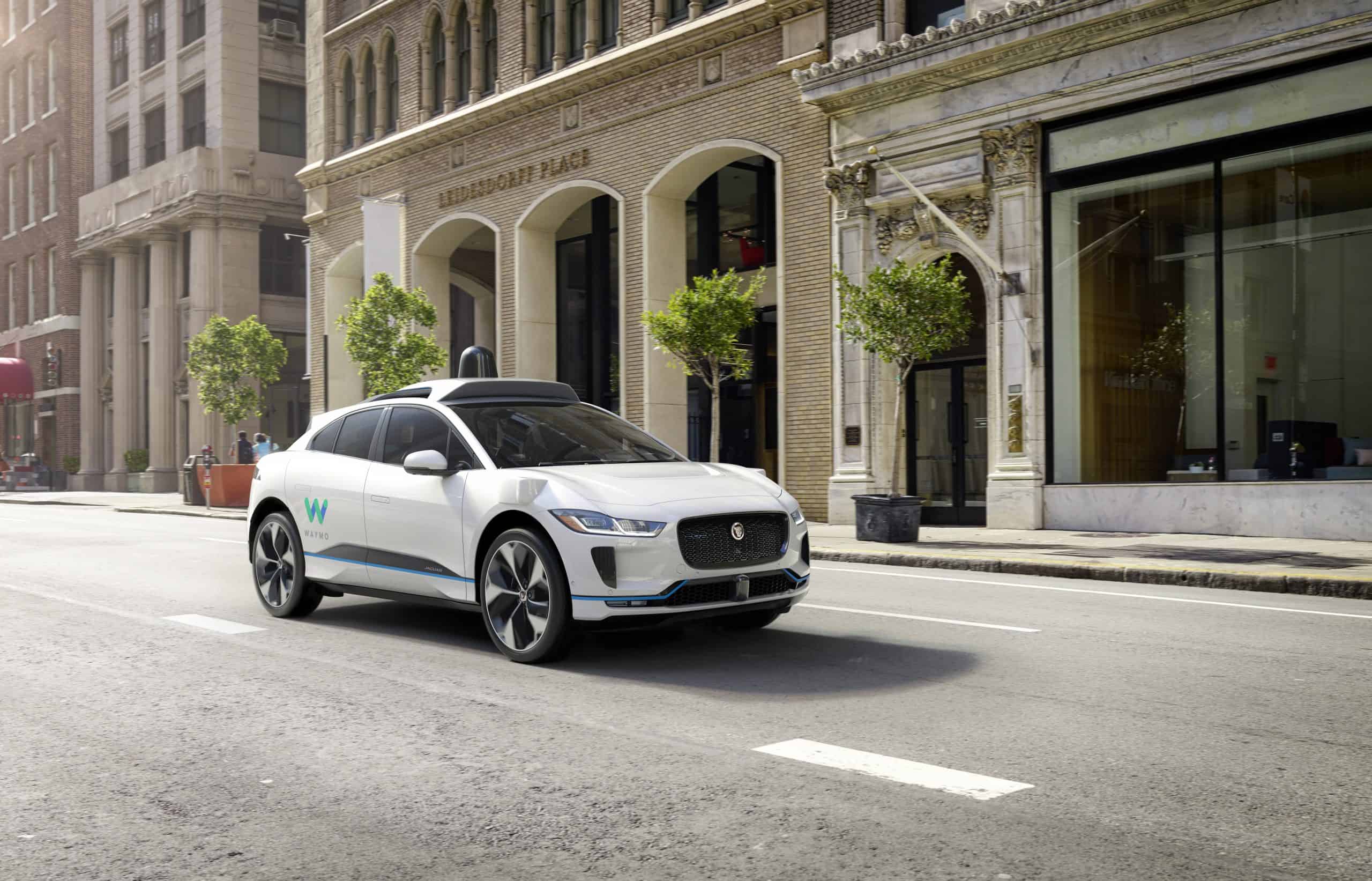For the past few years, we heard a lot about flying cars, and companies like Uber touted to launch flying cars in 2020. We are almost there to know that as the year 2020 is just days away.
I mean, CES 2020 is merely two weeks away, and isn’t it customary to showcase the new tech? Well, recent reportings suggest otherwise. Commercializing flying cars might take even more years, but one thing is right that they are authentic now. It might take a few more years to see a working model, but we’re getting closer. Besides flying cars, fully autonomous vehicles are supposed to take off to the road, but it hasn’t happened yet. The reason is [even] they are still undergoing tests.
The original idea of introducing autonomous vehicles is to reduce road accidents as WHO reported that over 1.35 million people in the world are getting injured every year. But there are a lot of safety concerns associated with AVs. So, it makes sense that they’ve not taken off yet. Anyhow, what exactly is a self-driving car?
What is a Self-driving Car?
As per Wikipedia, self-driving cars or autonomous vehicles are vehicles that can sense the surrounding environment with little or no human inputs, and drive safely. Sensors like RADAR, LIDAR, SONAR, GPS, etc. help perceive the surroundings. The information from sensors gets interpreted by an advanced control system that identifies the navigation path, obstacles, and traffic signs. The self-driving vehicles also need to recognize visual objects, and so they are developed with deep neural networks.
There is a wide range of advantages associated with autonomous vehicles, but it all comes down to one thing before they take off, and its safety. Many companies like Waymo, Tesla, etc. have seen progress in testing autonomous vehicles, but there’s a lot to achieve before they go mainstream. Wondering how exactly companies test autonomous cars?
Testing Autonomous Vehicles

As autonomous vehicles are yet another mobility machine, the necessary testing begins with inspecting components in it. Just like conventional cars, the mechanical parts in the AVs tested for their performance and reliability. The next step is to examine the electric components in it. The embedded software also tested to find out if the hardware components are responding to the sensors. These are just the necessary procedure, but the initial testing starts on the concrete roads.
Humans can adapt & respond quickly, even in some emergencies, but machines haven’t evolved to the stage yet. Especially when on roads, drivers have to make quick decisions to avoid fatal accidents. Imagine a situation where a vehicle approaching from the wrong side and already jumped the red signal, and ‘YOU’ have to make a quick decision. Let’s add more variables like the pedestrians are crossing the road, and a few of them are children. To make such decisions, AVs must undergo testing & experience it in the real world. There are a lot of such scenarios where AVs must test before they’re determined to be safer to drive.
So, to assess the reliability of AVs, they should be driven hundreds of millions of miles, and sometimes billions of miles to prove they’re reliable in terms of avoiding fatalities & injuries. A research report published by Rand Corporation suggests that 8.8 billion miles of driving required to assess the reliability of self-driving cars, and this would also prove that they’re safer than human drivers. That would take at least 400 years of testing.
Waymo has driven 10 million miles on the concrete roads, but that’s not even a significant number to prove that they’re safer than human drivers. At this rate, it would take even more years to witness fully automated cars that are safe to drive. So, how are companies trying to cope with this problem? The answer is by using simulation.
Autonomous Vehicle Simulation – The key to testing
Simulation has long used for testing self-driving cars, but only recently, it’s become an integral part of training neural networks. With simulation software, engineers can test the AVs in the virtual world using sample data that are collected in the real world. ANSYS, the Pennsylvania-based company, is the industry leader in providing autonomous vehicle simulation. From small startups to automobile giants like BMW, ANSYS has been helping to test, train & develop self-driving cars. In one of their recent blogs, the company shared their opinion on why they believe simulation is the fastest way to get autonomous vehicles into the market, and I couldn’t agree more.
“Autonomous vehicle manufacturers can only be assured a car will be able to face road conditions if the software is validated in these conditions.” – Sandeep Sovani, automotive global director at ANSYS.
So with the simulation software, OEMs can test, validate their hypothesis without worrying about the complexities involved in testing the same in the real world. There are other advantages associated with using simulation software to check the AVs –
Benefits of Autonomous Vehicles Simulation [in different scenarios]
- Engineers can test self-driving cars in multiple situations with numerous variables. As mentioned in the scene above, experiencing it in the real world is rare, and creating it would cost a lot of money. In the simulation, engineers can virtually create the software and train the neural network to make an informed decision. It is cost-effective, overtake the testing challenges, and drive faster results compared to testing it in the real world.
- Besides emergencies, scenarios like daily commuting can also be simulated. Halting at a stop sign is a pretty basic instinct for a human driver irrespective of the conditions, and they can quickly adapt to such scenarios. In the case of AI, it needs to test… repeatedly. With simulation, it’s straightforward to run different permutations of daily commuting scenarios, and help learn the AI in a short time.
- When compared to conventional cars, AVs use a wide range of sensors like thermal cameras, LIDAR, etc. and each one performs a specific function. A simple fault can lead to severe damage, and so each sensor [separately & in combination with other] must be tested. Using simulation, engineers can create different models where they can check how a single faulty sensor could affect, or how a combination of faulty sensors could impact the functionality.
There are other advantages of using simulation, but in short, it reduces the testing period & is cost-effective. Waymo, the self-driving car company, has recently reported that it has driven 10 billion miles in simulation. It would give a significant advantage for the company as it’ll give the sense to AI on how to react to different situations in the real world. Companies like Baidu, General Motors, etc. have also started using simulation. NVIDIA has made its cloud-based autonomous vehicle simulation platform, Drive Constellation, generally available, which further opened up new possibilities for OEMs to test the AVs.
With the combination of real-world testing & simulation, autonomous vehicles may soon hit the market, and a research report by IHS shows that by 2040, the annual sales of autonomous cars will surpass 33 million. The reportings from RAND corporations also suggest that using AVs would eventually save more than 30,000 lives every year [in the US]. So, in no time, we’d be driving in AVs.







